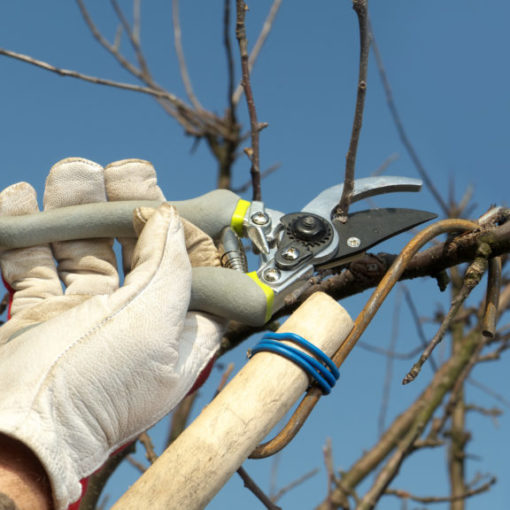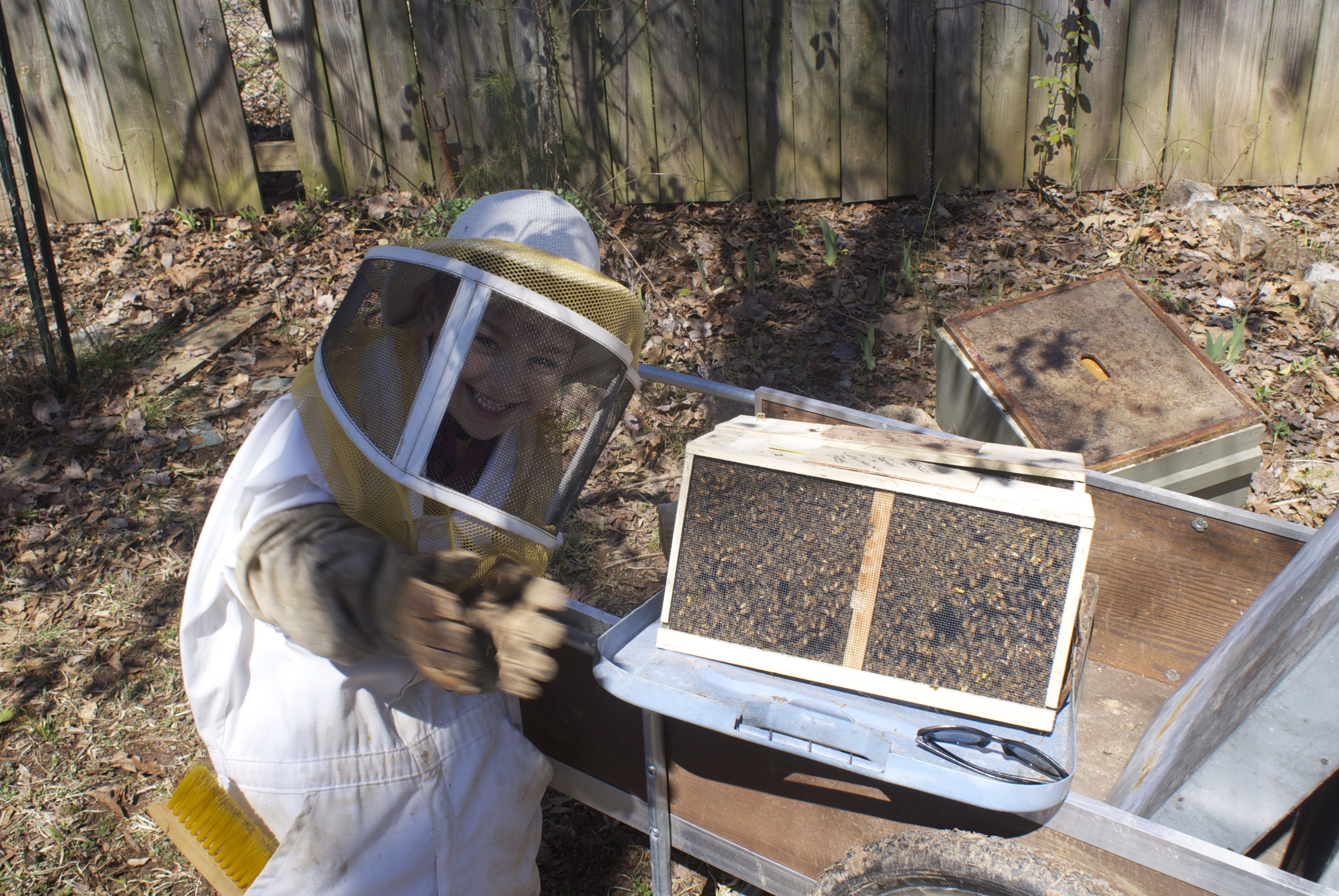Continuing Grateful Trees and Bees series of posts on Firewood Season, we turn this week to the debate over whether heating with wood can be considered a carbon-neutral, green energy. Stick with us, this gets a little smokey (no pun intended).
 At it’s most basic, wood burning is argued to be a green energy source because when we heat or cook with wood we are participating in a natural cycle. Trees take CO2 from the atmosphere and, in a process called photosynthesis, combine it with water and sunlight to create the sugar and cellulose hydrocarbons that become the tree’s living matter — wood and leaves.
At it’s most basic, wood burning is argued to be a green energy source because when we heat or cook with wood we are participating in a natural cycle. Trees take CO2 from the atmosphere and, in a process called photosynthesis, combine it with water and sunlight to create the sugar and cellulose hydrocarbons that become the tree’s living matter — wood and leaves.
The amount of CO2 a tree “stores” in a given year depends on the tree type, health and age, but on average a healthy tree stores about 13 pounds of carbon annually. An acre of trees stores roughly 2.6 tons each year. This is good news for climate change: it’s a wonderful thing to have all of that carbon tucked safely away in those trees.
But what happens when we burn the wood from those lovely carbon repositories? About 50% of firewood’s weight is comprised of carbon. So when we burn the wood we will again release carbon into the atmosphere as carbon dioxide. Is this wise? Well, frankly, it depends.
When we participate in a natural system, we need to do so with the least impact. A living forest — even an urban forest — is a dynamic system. In a healthy forest, some trees are sprouting and growing, while others are busy maturing, and still others are dying and decaying. To tread lightly, it’s important to select a firewood source with the carbon life cycle of trees in mind.
Trees do not take in CO2 at the same rate throughout their lives. Generally their maturation years mark the greatest period of carbon intake. A tree that has reached its full growth will slow down carbon consumption, taking in only enough for annual foliage and maintenance. Therefore, by selecting dead and decaying trees as your firewood source, you are leaving the younger, still maturing trees — the CO2 workhorses — at their photosynthesis grind stones.
This method of cultivating firewood is sometimes thought of as energy diversion. In some ares of the country, you are simply diverting the wood from being burned naturally in a wild fire — same carbon exchange either way, so might as well reap the heat in your family’s hearth. That argument doesn’t play as well in the urban setting, but in both locales wood that is left to decay on the forest floor will also naturally release carbon back into the atmosphere as it is eaten by the wind, rain and yes, CO2 emitting bacteria.
Because we live in a closed system, and eventually all is a trade-off, perhaps the real question isn’t how green heating with wood is, but rather, how it compares to the use of fossil fuels such as coal, oil and natural gas. While that question is beyond the scope of this post, we do offer this food for thought. An average U.S. household uses 900 gallons of oil per year. According to Carbonify’s carbon calculator, it would take 50 trees to offset that carbon usage. We’ll let you do the math, but here’s a hint: fifty mature trees would make a really, really big pile firewood.
In the end, burning wood can be a sustainable, wise alternative to fossil fuels if it is done consciously. If you choose to heat and cook with wood, remember:
 1. Think local. If everyone heats with wood, there will not be enough naturally decaying stock to meet demand and deforestation can occur. Here in the North Carolina Piedmont, we are blessed with healthy forest lands and urban forests, but in other parts of the country, other energy sources such as wind may be a better local option.
1. Think local. If everyone heats with wood, there will not be enough naturally decaying stock to meet demand and deforestation can occur. Here in the North Carolina Piedmont, we are blessed with healthy forest lands and urban forests, but in other parts of the country, other energy sources such as wind may be a better local option.
2. Tend your source. Use firewood derived from dead, decaying and downed trees found or bought locally.
3. Participate in wood recycling. Many trees that are removed by tree services companies end up in landfills or are turned entirely into mulch. If you or your neighbors are having a tree removed, make sure a landfill won’t be its fate. Have the trees pieced and left on your land for your use.
4. Burn efficiently. Only burn wood that has been properly seasoned so that it provides optimal heat. Burn softer woods in the fall and early spring, leaving hardwoods to burn in the coldest, winter months. Consider installing a new, highly efficient wood stove.
5. Maintain the health of your local forest. Monitor your trees for pests and disease and treat them quickly when problems emerge. If you harvest, plant. Allow saplings to grow on your property: today’s lawn could be tomorrow’s crackling fire.
© 2014 Grateful Trees & Bees




